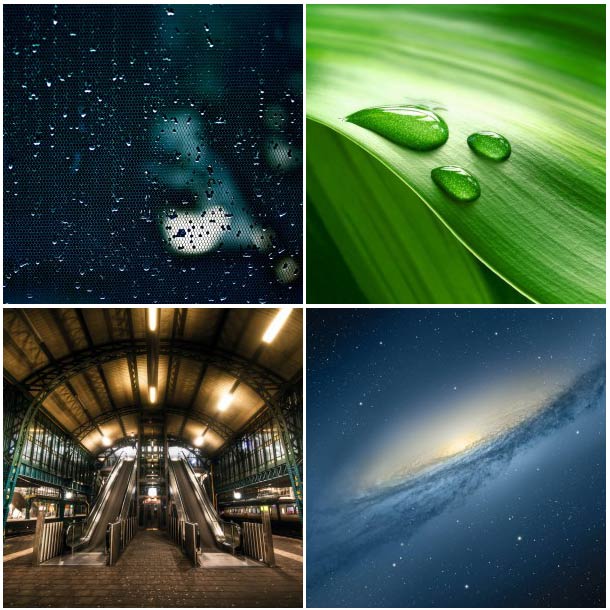Pictures For Wallpapers Biography
Name: Wallpapers
Date Of Manufacturing:15th century
England and France were leaders in European wallpaper manufacturing. Among the earliest known samples is one found on a wall from England and is printed on the back of a London proclamation of 1509. It became very popular in England following Henry VIII's excommunication from the Catholic Church
Britain was the leading wallpaper manufacturer in Europe, exporting vast quantities to Europe in addition to selling on the middle-class British market. However this trade was seriously disrupted in 1755 by the Seven Years War and later the Napoleonic Wars, and by a heavy level of duty on imports to France.
In terms of methods of creation, wallpaper types include painted wallpaper, hand-printed woodblock wallpaper, hand-printed stencil wallpaper, machine-printed wallpaper, and flock wallpaper.
Modern wallcoverings are diverse. Two of the most common factory trimmed sizes of wallpaper are referred to as "American" and "European" rolled goods. American rolled goods are 27 inches by 27 feet (8.2 m) in length. European rolled goods are 21.5 inches wide by 33 feet (10 m) in length. Approx. 60 square feet (5.6 m2). Most wallpaper borders are sold by linear foot and with a wide range of widths therefore square footage is not applicable. Although some may require trimming.
The most common wall covering for residential use and generally the most economical is prepasted vinyl coated paper, commonly called "strippable" which can be misleading. Cloth backed vinyl is fairly common and durable. Lighter vinyls are easier to handle and hang. Paper backed vinyls are generally more expensive, significantly more difficult to hang, and can be found in wider untrimmed widths. Foil wallpaper generally has paper backing and can (exceptionally) be up to 36 inches wide, and be very difficult to handle and hang. Textile wallpapers include silks, linens, grass cloths, strings, rattan, and actual impressed leaves. There are acoustical wall carpets to reduce sound. Customized wallcoverings are available at high prices and most often have minimum roll orders.
Solid vinyl with a cloth backing is the most common commercial wallcovering and comes from the factory as untrimmed at 54 inches approximately, to be overlapped and double cut by the installer. This same type can be pre-trimmed at the factory to 27 inches approximately.
New digital inkjet printing technologies using ultraviolet (UV) cured inks are being used for custom wallpaper production. Very small runs can be made, even a single wall. Photographs or digital art are output onto blank wallpaper material. Typical installations are corporate lobbies, restaurants, athletic facilities, and home interiors. This gives a designer the ability to give a space the exact look and feel desired.
Like paint, wallpaper requires proper surface preparation before application. Additionally wallpaper is not suitable for all areas. For example, bathroom wallpaper may deteriorate rapidly due to excessive steam. Proper preparation includes the repair of any defects in the drywall or plaster and the removal of loose material or old adhesives. Accurate room measurements (length, width, and height) along with number of window and door openings is essential for ordering wallpaper. Large drops, or repeats, in a pattern can be cut and hung more economically by working from alternating rolls of paper. Paper is sold in double rolls.
Besides conventional installation on interior walls and ceilings, wallpapers have been deployed as decorative covering for hatboxes, bandboxes, books, shelves, and window-shades.
By the early (20th) twentieth century, wallpaper had established itself as one of the most popular household items across the Western world. Manufacturers in the USA included Sears; designers included Andy Warhol. During the late 1980s wallpaper began to fall out of fashion in lieu of Faux Painting which can be more easily removed by simply re-painting.
Historical examples of wallpaper are preserved by cultural institutions such as the Deutsches Tapetenmuseum (Kassel) in Germany;the Musée des Arts Décoratifs (Paris) and Musée du Papier Peint (Rixheim) in France; the Victoria & Albert in the UK; the Smithsonian's Cooper-Hewitt, Historic New England, Metropolitan Museum of Art, U.S. National Park Service, and Winterthur in the USA.
Pictures For Wallpapers

Pictures For Wallpapers

Pictures For Wallpapers

Pictures For Wallpapers

Pictures For Wallpapers

Pictures For Wallpapers

Pictures For Wallpapers

Pictures For Wallpapers

Pictures For Wallpapers

Pictures For Wallpapers

Pictures For Wallpapers

Pictures For Wallpapers

Pictures For Wallpapers
No comments:
Post a Comment